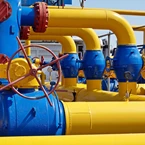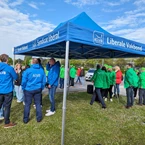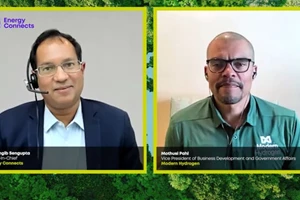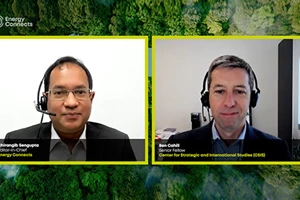Weatherford embraces MORE digitalisation in the industry
Manoj Nimbalkar, Global Vice President - Production Automation & Software at Weatherford speaks to Pipeline Magazine’s Julian Walker about the importance of digitalisation to the energy sector and bringing in new technologies
How important is digitalisation in the oil and gas industry to drive efficiencies, sustainability and operational enhancement?
Digitalisation is extremely important when you think about its utilisation in the oil and gas space. The key thing is that it can act as the foundation for better performance of a particular operation, whether it is drilling, completions or production.
In the production space, we look at digitalisation from things such as software for production optimisation, bringing in software for SCADA and IoT to bringing in all the automation control technologies for managing artificial lifts.
In the end, all this leads to increased production performance for our clients.
We look to improve production, produce faster, and to improve personal safety. The same goes for drilling. How can we drill faster, safer, and in a more efficient manner?
Digitalisation is very important and the industry recognises it. The oil and gas industry has made a lot of investments in the digitalisation space.
How is Weatherford implementing Industry 4.0?
Industry 4.0 is all about new technology paradigms, such as IoT, Cloud and Data Analytics. We are actively implementing each of these technologies in our solution offerings.
For example, on the production side we have created our vision of Production 4.0, which is a combination of Industry 4.0 and our production core competency. We launched this two years back, which means we were ahead of the game in terms of implementing Industry 4.0.
What we have done is implement things such as IoT in our platform called CygNet®, which is traditionally a SCADA platform but now it has completely evolved to support both SCADA and IoT.
With ForeSite®, we have included advanced data analytics and AI from Industry 4.0 in our core platform. From a cloud perspective both ForeSite and CygNet are now cloud compatible.
We have also introduced edge computing, IoT, data analytics to our automation offerings, which is our newly packaged automation offering called ForeSite Edge.
Bringing all of these advancements into our solutions show how we are quite ahead of the curve in the industry.
Now what we are seeing is that the implementation process for these new technologies has just begun.
We are working with a key operator in the Middle East to implement data analytics on our ForeSite platform for a particular kind of lift. We are also working with a key client in the Middle East for piloting our next generation automation controllers on ForeSite Edge.
We have increased our investment in these technologies quite significantly both in terms of capital investment as well as operational investment, which has increased by almost 30 per cent over the past two years when compared to what we spent in 2015/6.
We have increased our spending significantly for creating these new technology offerings. Our teams have started using all the new advancements in methods of coding. We have started working with cloud providers, such as Google, in order to host both ForeSite and CygNet on the cloud.
What technology is Weatherford working on to advance the digitalisation of the oil and gas sector?
All the new technology paradigms are important when it comes to Industry 4.0.
What we do instead of focusing on one particular technology, we look at how technology can be implemented to bring more business value. Ultimately for our customers, it is all about the business value and if we do not focus on problems we can solve, then there is no point.
This is why I think we are ahead of the curve. Early in the process, we tried to identify what are the key problems that can be solved using these technologies. This way, we are not just focusing on the technology. We are focused on the problem at hand.
Each of the technologies, whether it is Cloud, IoT or Advanced Analytics, can solve a particular problem.
For instance, we are using advanced data analytics to predict failures in artificial lifts. We are using IoT technologies to help with issues or problems with equipment in the field, as alerts can go out immediately instead of waiting for teams to go out.
We are using the Cloud so that our technologies can be deployed quickly and at a reduced cost for our clients. We are pushing for autonomous control, rather than having human intervention.
Our team had to upgrade their coding skills. Previously, all of our platforms were desktop based. Now ForeSite is completely a Web-based software. It can be used on any browser, Phone or tablet. To do this, we had to change the whole front end of our platform.
On the AI side, we have started hiring data scientists. We started by doing a lot of collaboration with technology companies such as IBM. Now we are investing in hiring our own people.
How is Weatherford staying ahead of the curve in terms of digitalisation?
I think one of the things we have done is that we know our core competencies and we know that in order to move faster in the market, what we require is a close collaboration between our clients and technology partners.
We have a lot of partnerships with technology companies such as IBM, Microsoft and Google.
We have been working with Google on our cloud offering. Cloud-technology adoption, from a public perspective, has picked up quite a bit in the United States. But we have seen a slower pick up in the Middle East. In the region, most of the cloud pick-up is focused toward private implementation of the cloud.
There is a growing interest in the Cloud in the Middle East.
Collaboration has helped us move faster as we have not had to do everything ourselves. We have sought expertise from our partners. We are working with our clients in a more collaborative fashion too. We are doing this in the US, the Middle East as well as in other areas.
What are the key challenges that oil and gas companies face in adopting digitalisation?
One of the key challenges is the lack of standardisation in the oil and gas sector. This can be a lack of standardisation in data and technology.
What we have seen in the past is that providers have produced their own standards and they have not made platforms open.
From a Weatherford perspective, we are creating software platforms that are open in nature and companies can use our technology with their existing technologies or a 3rd-party technology.
The second challenge is realising the business value of the digital offering. Many times, companies implement digital technologies, but they do not apply a business or technology value framework hence they do not derive the required returns from their investment.
The final hurdle is the lack on integration of new digital technology with existing or legacy systems.
This is why our industry has lagged behind other industries in adopting new technologies. However, I do feel times are changing though.
We are building technologies that not only work for the existing demographics, but will also work for the next generation or millennial demographics that are coming into the industry. This is always something we think about when building new solutions.
Do you see exciting times ahead for the industry with the growing digitalisation taking place?
More and more of technical as well as economic challenges are coming to the surface. Operators are facing these challenges now and trying to look at what they need to do in terms of digital transformation. This is why I’m positive about the impact that digitalisation will have on our industry.
For example, I was recently in Kuwait and attended an SPE workshop where the focus was on Digital Transformation with KOC playing an active role. They have started looking at themselves and trying to identify how can we change the whole paradigm from where they are today to where they want to go. This has become one of the strategic themes for KOC going forward.
Other companies in the Middle East including ADNOC in the UAE and PDO in Oman are looking at how to adopt new technologies for where they are going.
I see greater interest in what digitalisation can do for companies going forward.
KEEPING THE ENERGY INDUSTRY CONNECTED
Subscribe to our newsletter and get the best of Energy Connects directly to your inbox each week.
By subscribing, you agree to the processing of your personal data by dmg events as described in the Privacy Policy.

Hydrogen economy set for rapid global growth
May 01, 2024
Public-private energy partnerships critical to hit global net zero targets, says former head of IEA
Apr 25, 2024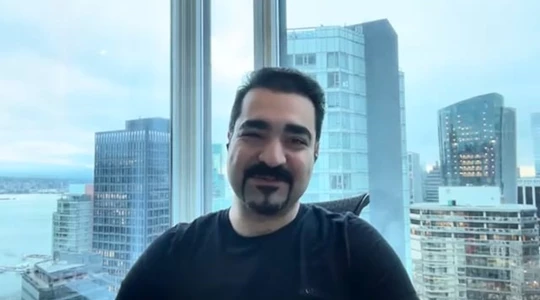
Deploying computational chemistry to speed up the energy transition
Mar 18, 2024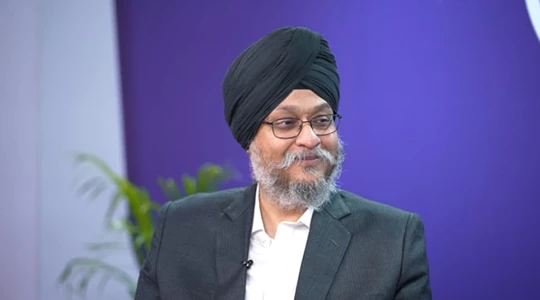
Why the energy industry is on the cusp of disruptive reinvention
Mar 12, 2024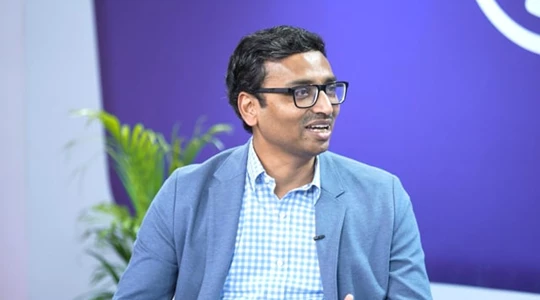
Bio-energy to play a key role in shaping the energy transition
Mar 12, 2024
More women in energy vital to the industry’s success
Mar 06, 2024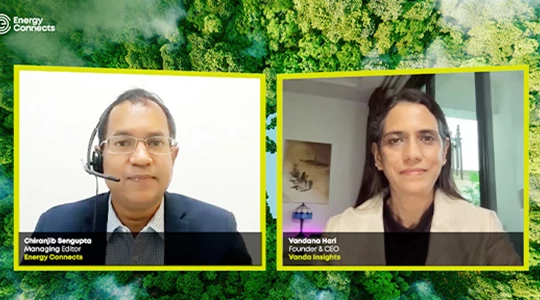
India’s energy sector presents lucrative opportunities for global companies
Jan 31, 2024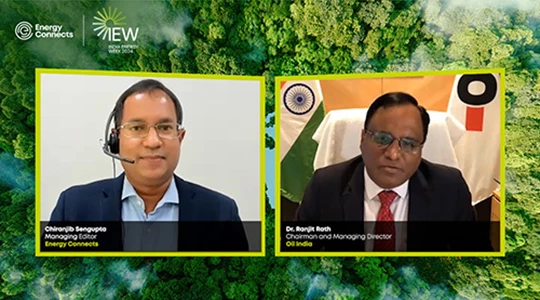
Oil India charts the course to ambitious energy growth
Jan 25, 2024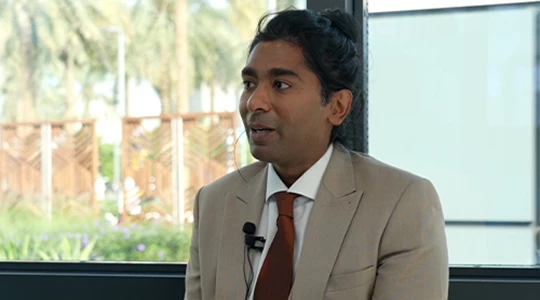
Maritime sector is stepping up to the challenges of decarbonisation
Jan 08, 2024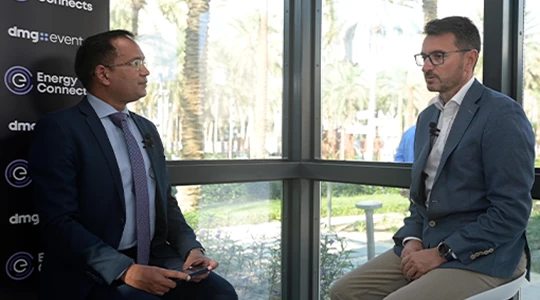
COP28: turning transition challenges into clean energy opportunities
Dec 08, 2023Partner content
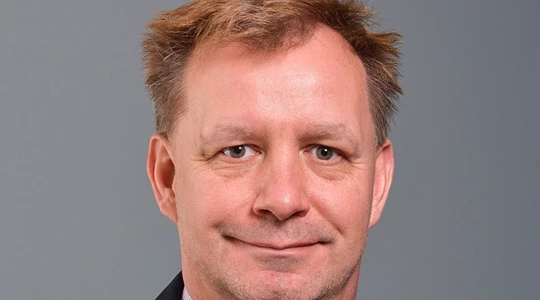
Ebara Elliott Energy offers a range of products for a sustainable energy economy
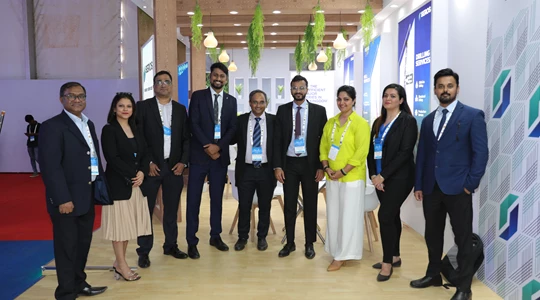
Essar outlines how its CBM contribution is bolstering for India’s energy landscape
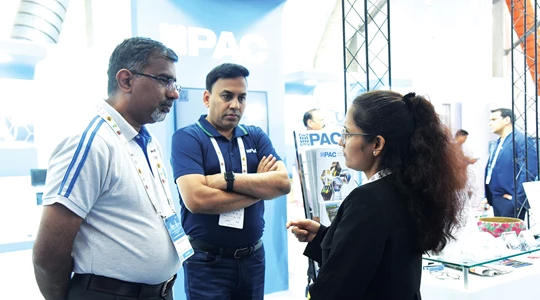
Positioning petrochemicals market in the emerging circular economy
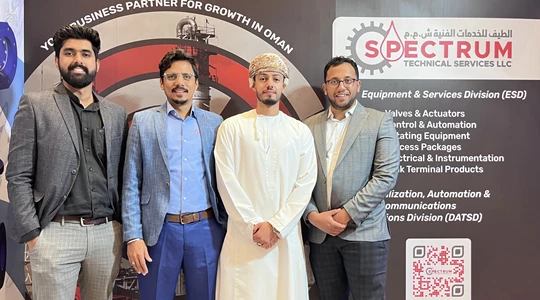
Navigating markets and creating significant regional opportunities with Spectrum

















